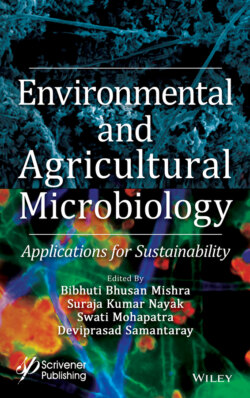Читать книгу Environmental and Agricultural Microbiology - Группа авторов - Страница 71
4.2 Polyamides
ОглавлениеDefinition
NylonTM is a necessary term that represents an important class of PAs. PA with amide linkage exhibits high thermomechanical properties and higher softening temperature because of hydrogen bonding, which provides chain symmetry [9]. Presence of amide linkages in PA used as engineering thermoplastics as a film or fibers form. Nylon 6-6 is the most commercialized polymer widely used because of its high thermomechanical properties [11].
The Nylon-P,Q (Figure 4.1) refers to the number of carbon atom used in the monomeric chain, which was commercialized as NylonTM is petroleum-derived nylon-6,6 and nylon-6 [6, 9]. PAs are generally a non-biodegradable polymer, although amide linkages were degraded by disrupting the hydrogen bonding [6]. Petroleum-based polymers are posing a significant threat to the environment and its sustainability. Bio-based materials can be alternatives to these petroleum-based polymers. Bio-derived PAs are very much sustainable. The establishment of these sustainable bio-based PAs reduces the use of petroleum-based polymers and reduces ecological problems. PAs, on the other hand, are one of the most consumed polymers as it consumed globally around 7.4 million tons/ annum for the year 2016. Total consumption of PA in 2016 is divided into two parts: PA fibers and film shares 55% globally but 45% share textiles industries used as seats, carpet, sportswear, and different clothes. Some of the bio based, especially fatty acids in vegetable oils, are the source of various monomers to achieve PA.
Figure 4.1 Structures of polyamide with trade name NylonTM (Nylon-P, Q).
